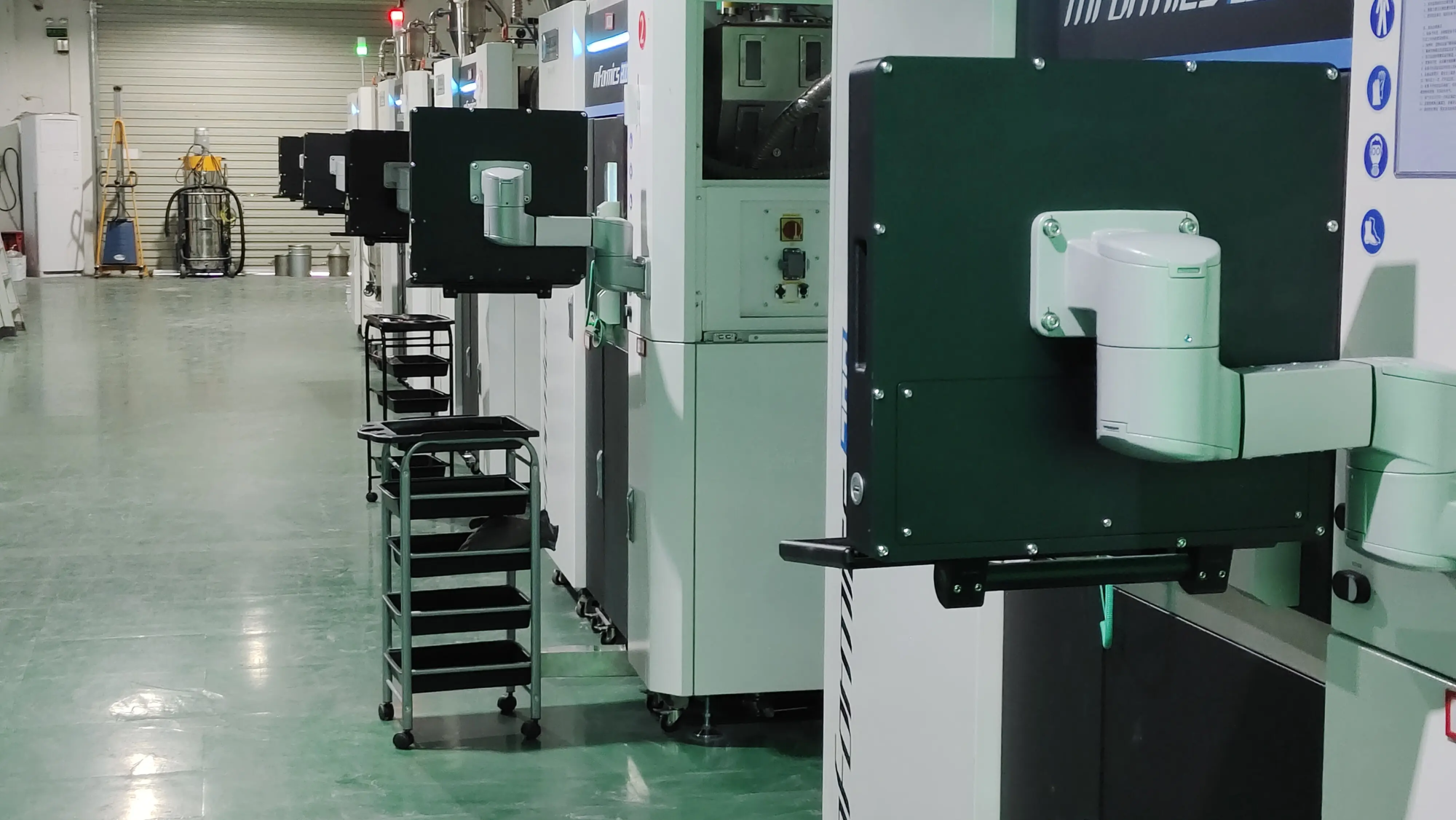Unlocking innovation: The transformational advantages of cellular structures in 3D printing
In the rapid development of additive manufacturing Cellular structure Be a game changer for engineers and designers looking for the best performance, efficiency and sustainability. This lattice pattern – inspired by nature’s own engineering masterpiece Beehive, revolutionizes how we handle lightness, material use and structural integrity in 3D printed parts. Let’s dig into why this geometry has transformed the industry from aerospace to medical devices and how it can improve 3D printing capabilities.
What is a cellular structure?
Honeycomb design consists of repeating grids of hexagonal, square or triangular cells. When integrated into 3D printing (via technologies like SLM, FDM, or SLS), they create internal lattices instead of solid fills. This approach is not just about reducing materials, it is a strategic optimization of physics, leveraging geometric shapes that outperform traditional solid designs.
Five key advantages of cellular 3D printing
Unparalleled strength-to-weight ratio
The honeycomb pattern distributes stress evenly between interconnected cells, thus mimicking the robustness of bone structure. Parts with honeycomb cores can be realized Reduce weight by more than 80% At the same time, retain and even enhance strength. In aerospace and automotive applications, this translates into fuel efficiency, improving payloads and improving dynamics without compromising safety. For example, drone components printed with titanium honeycomb lattice bear extreme forces in a fraction of the conventional weight.Material and cost efficiency
By replacing solid fillers with sparse, optimized cells, the manufacturer reduces material usage by 50-70%. This can significantly reduce costs, especially for high-value metals such as Inconel or Titanium. In Greatlight, customer saves Up to 40% per part Through cellular strategies without sacrificing functionality, this is ideal for rapid prototyping and end-use production.Thermal insulation and acoustic insulation
Trapped air in honeycomb cells acts as a barrier to transmission and sound waves. 3D printed heat shields for electric vehicles or jet engines utilize thermal management, while acoustic panels in industrial machinery reduce noise pollution by 30 dB. This versatility reduces the need for secondary insulation materials.Enhanced energy absorption
Under compression, honeycomb cells can deform predictably, absorbing impact energy far better than solid structures. This makes them essential Crash-resistant components (for example, car bumpers) and protective gear. Medical implants such as spinal cages also use this property to minimize stress shielding in bone integration.- Free design and customization
Additive manufacturing can be achieved Gradient density cellwhere the size and wall thickness of the cells can adapt to stress loads in the region. Turbine blades may have denser batteries on sparse grids at high pressure mounting points and elsewhere. This customization fails to implement traditional approaches, maximizing performance while minimizing the pinnacle of “function-driven design”.
Real-world applications
- aerospace: Satellite mount, drone fuselage and rocket nozzle.
- Medical: Lightweight prosthesis, porous orthopedic implant that promotes osteointegration.
- car: Suspension assembly, battery housing for electric vehicles.
- consumer goods: Helmet, an ergonomic tool with impact absorption.
in conclusion
The honeycomb structure represents the synergy between bioinspired design and cutting-edge 3D printing. They solve key challenges – reducing, material efficiency and versatile performance while enabling unprecedented engineering creativity. As the industry moves towards sustainability and high performance standards, mastering cellular convergence becomes crucial. For designers and engineers, the message is clear: complexity is not an obstacle, it is an opportunity. Using additive manufacturing, what was once impossible has now been optimized.
Improve the project by leveraging cellular advantages in the next prototype or production section. Work with experts who understand the art and science of lattice optimization to unlock transformative results.
FAQ
Q1: Can cellular structures be printed in 3D in any material?
almost! Metals (aluminum, titanium), polymers (nylon, resin) and composites are all compatible. Material selection depends on application requirements – metals in high stress environments, cost-sensitive prototype polymers.
Q2: Are honeycomb-printed parts as durable as sturdy parts?
Yes, when the design is correct. The lattice can effectively redistribute pressure, which usually improves fatigue resistance. In compression and buckling, the honeycomb can outperform solid parts by weight.
Q3: How to avoid using complex cellular designs to avoid printing failures?
Supporting structure and precise parameter control is key. For metals, SLM printers require calibrated laser power and scanning strategies to prevent residual stress. Work with experienced manufacturers, such as Greatlight, to mitigate these risks through advanced simulation and in-process monitoring.
Question 4: Can cellular 3D printing save money beyond material costs?
Absolutely. Reduced printing time (less material deposits), lower shipping costs (lighter parts) and minimize post-processing (such as processing) contribute to ROI. For batch production, the use of honeycomb additive tools also speeds up the molding process.
Q5: Can I combine honeycombs with other lattice structures?
Mixing methods are common! Capabilities, Voronoi or Beam Lattices can be integrated in a single section using generative design software to optimize performance for various load conditions.
About Greatlime: Accurate Quick Prototyping, Perfect
At Greatlight, we blend the cutting edge SLM (Selective Laser Melting) Technology Have deep cellular driver design expertise to solve your toughest rapid prototyping challenges. As a leader in metal additive manufacturing from China, we provide:
- Advanced 3D printing: More than 12 metal alloys, including aviation-grade Ti64 and Maraging steel.
- End-to-end service: From topologically optimized design to stress – utilizing heat treatment, surface finishing and QC verification.
- Speed and scale: Prototypes are within 48 hours; high volume production with consistent quality.
- Cost Efficiency: AI-driven design iterations to minimize material waste and maximize performance.
Whether you are developing lightweight aerospace components or biocompatible medical devices, Greatlight provides accuracy at innovative speeds.
Customize your high-performance cellular parts – contact the outstanding for competitive quotations and technical consultation.




